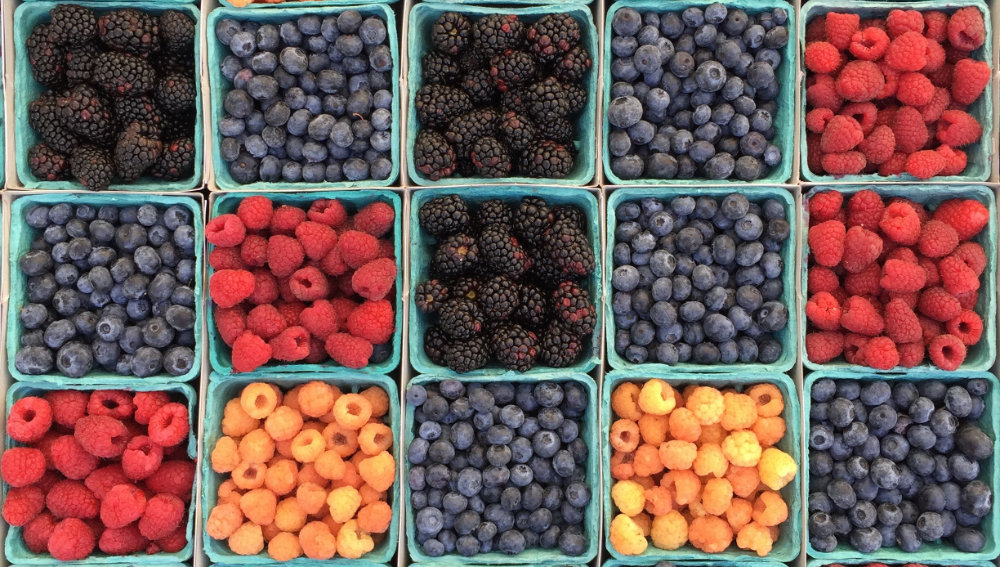I followed a tutorial on Convolutional Neural Networks that left many questions unanswered. Soon I realized that the actual process of architecting a Neural Network and setting the parameters seemed to be much more experimental than I thought. It took a while to find explanations that a rookie like me could understand. Most of the… Continue reading Classifying fruits with a Convolutional Neural Network in Keras
Category: Best of
Readability scoring of the United Nations Corpus
Imagine you could estimate how hard would be to read a document, before reading it. Imagine you could do it for entire batches of documents you need to process. Imagine you could have a recommender system that would help you prioritize unread documents according to their difficulty. A bit of experimentation with the public United… Continue reading Readability scoring of the United Nations Corpus
Recommender system for finding subject matter experts using the Enron email corpus
This is a little project to create a recommender system to find mentors inside an organization, using Natural Language Processing. It started as an excuse to build a data visualization I had in mind: an interactive word cloud that did something. When I started, I didn’t know anything about Topic Modeling, Topic Extraction, or Natural… Continue reading Recommender system for finding subject matter experts using the Enron email corpus
Linear Optimization with or-tools
Getting started Over the last couple of months I’ve been getting my feet wet with linear programming and mathematical optimisation. I got a sense of how it all worked from this Discrete Optimisation course in Coursera and googling around I discovered that there are a ton of tools out there to help you solve… Continue reading Linear Optimization with or-tools
How to tidy up and organize music on your PC o Mac
Do you have a lot of Untitled / Without Artist / Without Album songs? All music players allow you to sort and catalog the songs, as long as you know the titles and names of the artists. But what happens when many of your songs are unidentified? There are some tools out there like Tune… Continue reading How to tidy up and organize music on your PC o Mac
